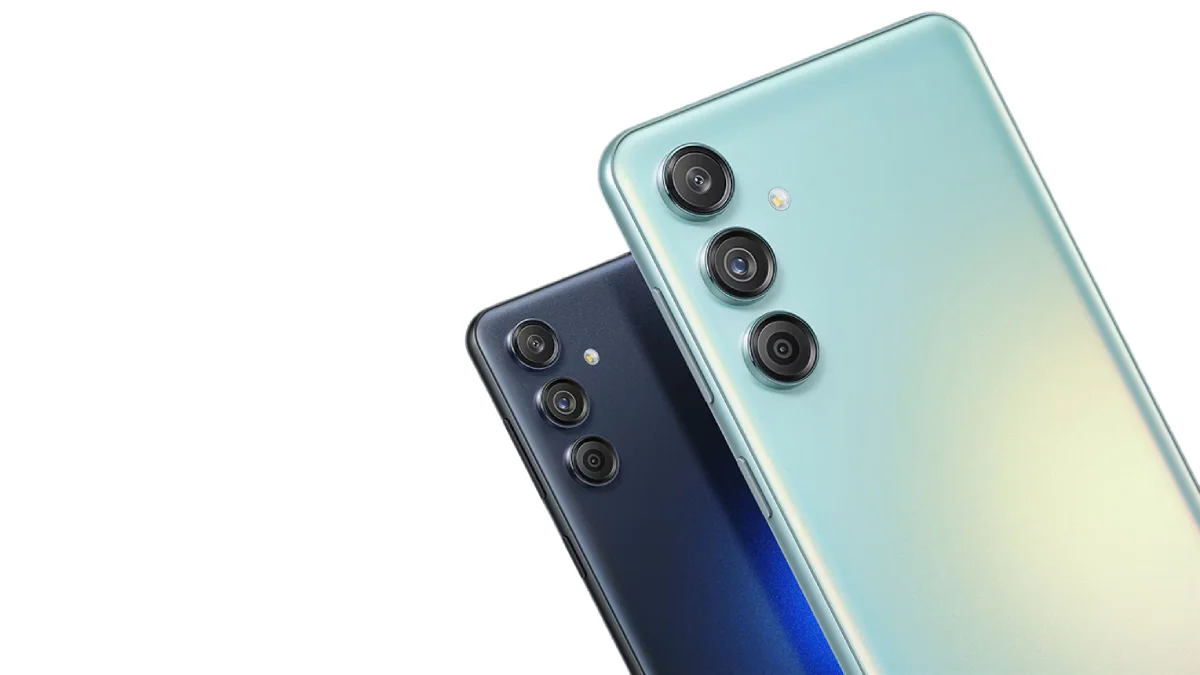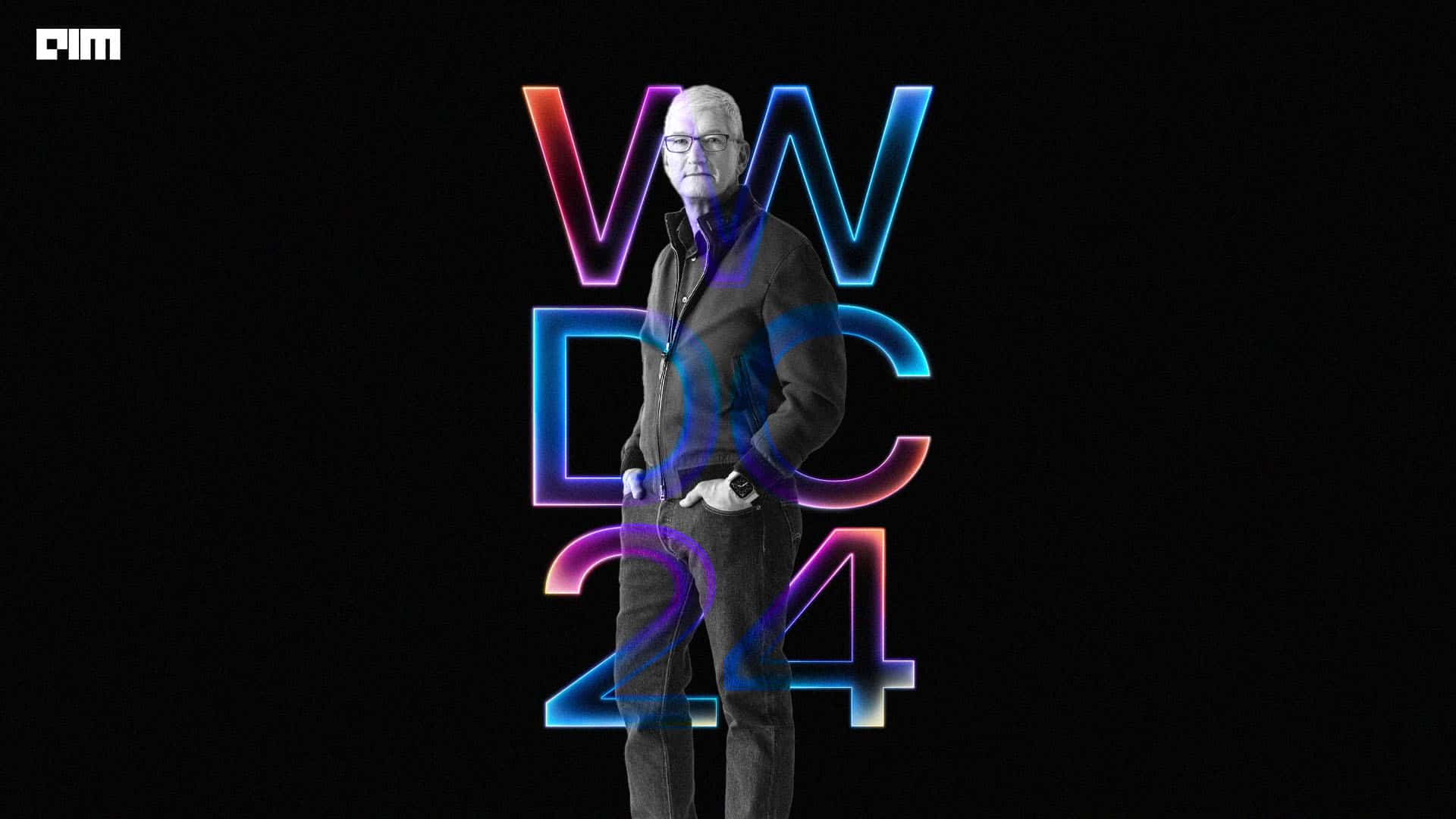Motorola Razr 50 Ultra vs Motorola Razr 40 Ultra: Is It Worth the Upgrade?

Motorola has recently launched the new Motorola Razr 50 Ultra. Many people are now wondering if it is worth upgrading from the Razr 40 Ultra. Both smartphones are foldable, sleek, and stylish. But there are some key differences between them. In this article, we will compare the two models to help you decide if the upgrade is worth it.
Key Specs Comparison
| Feature | Motorola Razr 50 Ultra | Motorola Razr 40 Ultra |
| Main Display | 6.9-inch FHD+ pOLED, 165Hz, Dolby Vision | 6.9-inch FHD+ AMOLED, 165Hz |
| Cover Display | 4-inch FHD+ pOLED, 165Hz, Dolby Vision | 3.6-inch HD+ AMOLED, 144Hz |
| Processor | Qualcomm Snapdragon 8s Gen 3 | Qualcomm Snapdragon 8+ Gen 1 |
| Rear Camera | Dual: 50MP wide, 50MP 2x telephoto | Dual: 12MP wide, 13MP ultrawide |
| Battery | 4,000mAh, 45W wired, 15W wireless charging | 3,800mAh, 30W wired, 5W wireless charging |
| Software | Android 14 | Android 13 (upgradeable to Android 14) |

Design and Durability
Both Razr phones boast a sleek clamshell design, featuring a large main display when unfolded and a secondary display on the outer shell for quick access to notifications and other functionalities. However, the Razr 50 Ultra takes the edge in terms of materials. It utilizes a more premium build with a potentially more scratch-resistant eco-leather back compared to the Razr 40 Ultra’s glass back.
Display
The main displays of both phones are identical, offering a large 6.9-inch LTPO AMOLED panel with a smooth 165Hz refresh rate for a buttery-smooth user experience. However, the Razr 50 Ultra boasts a brighter display with a peak brightness of 3,000 nits compared to the Razr 40 Ultra’s 1,400 nits. This translates to better visibility outdoors or in brightly lit environments.
Where the displays truly diverge is the cover screen. The Razr 50 Ultra boasts a larger 4-inch LTPO pOLED display with a higher resolution and refresh rate compared to the Razr 40 Ultra’s 3.6-inch HD+ AMOLED display. Both cover displays utilize Gorilla Glass Victus for added scratch resistance.
Performance Comparison
The Razr 50 Ultra packs the latest Qualcomm Snapdragon 8s Gen 3 processor, offering a significant performance leap over the Snapdragon 8+ Gen 1 in the Razr 40 Ultra. This translates to smoother multitasking, faster app loading times, and a more responsive gaming experience. The Razr 50 Ultra is also paired with faster LPDDR5X RAM for enhanced data transfer speeds.
Camera
The camera systems on both phones differ in their approaches. The Razr 50 Ultra opts for a dual rear camera setup with a focus on zoom capabilities. It features a 50MP main sensor and a 50MP telephoto lens with 2x optical zoom, ideal for capturing detailed close-up shots. The Razr 40 Ultra, on the other hand, utilizes a dual rear camera system with a 12MP main sensor and a 13MP ultrawide sensor, well-suited for capturing expansive landscapes or group photos. Both phones share the same 32MP selfie camera for high-quality front-facing photos and videos.
Battery and Charging
The Razr 50 Ultra boasts a larger 4,000mAh battery compared to the Razr 40 Ultra’s 3,800mAh battery, potentially offering longer usage time on a single charge. The Razr 50 Ultra also outshines its predecessor in terms of charging. It supports faster 45W wired charging and 15W wireless charging, while the Razr 40 Ultra is limited to 30W wired charging and 5W wireless charging. The Razr 50 Ultra even includes 5W reverse wired charging, allowing you to use it to power up other devices on the go.
Software
The Motorola Razr 50 Ultra debuts with Android 14, delivering the latest features right out of the box. Both it and the Razr 40 Ultra will receive OS updates for three years and security patches for four years.
Looking forward, the Razr 50 Ultra will be updated to Android 17, surpassing the Razr 40 Ultra’s planned upgrade to Android 16.
Verdict
The Motorola Razr 50 Ultra emerges as the superior foldable phone across most aspects. It boasts a brighter and more feature-rich display, a more powerful processor with faster RAM, a potentially more versatile camera system with a telephoto lens, a larger battery with faster wired and wireless charging options, and extended software support. However, this comes at a premium price point compared to the Razr 40 Ultra.
Here’s a Quick Recap to Help You Decide
Choose the Motorola Razr 50 Ultra if:
- You need a powerful processor for demanding tasks like gaming.
- You desire a versatile camera with zoom capabilities.
- You want a longer-lasting battery with faster charging options.
- You value extended software support for security updates and new features.
Choose the Motorola Razr 40 Ultra if:
- You’re on a budget and want a more affordable foldable phone.
- The camera system’s ultrawide lens suits your photography needs better.
- You’re content with a still-capable phone with a good display and performance.
Ultimately, the best choice depends on your individual needs and priorities. Consider how you’ll be using your phone and how much you’re willing to spend to make an informed decision.





